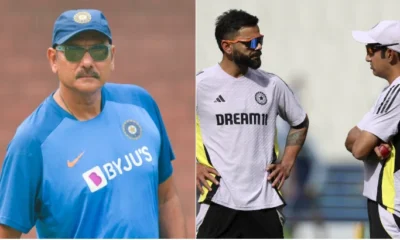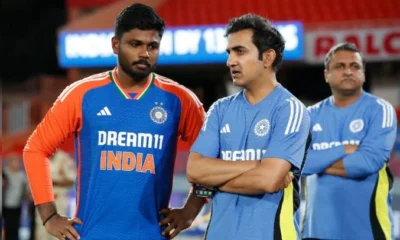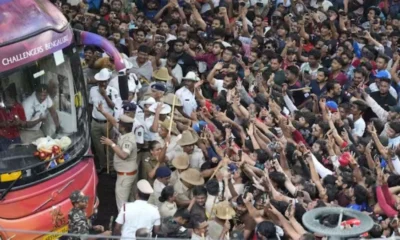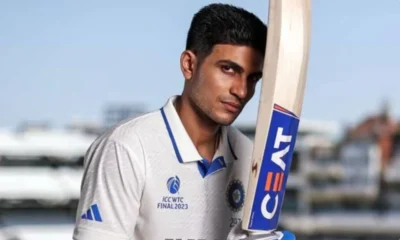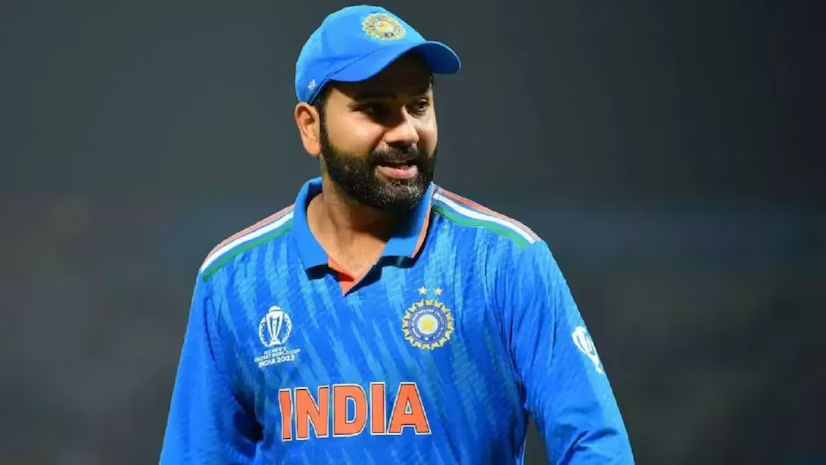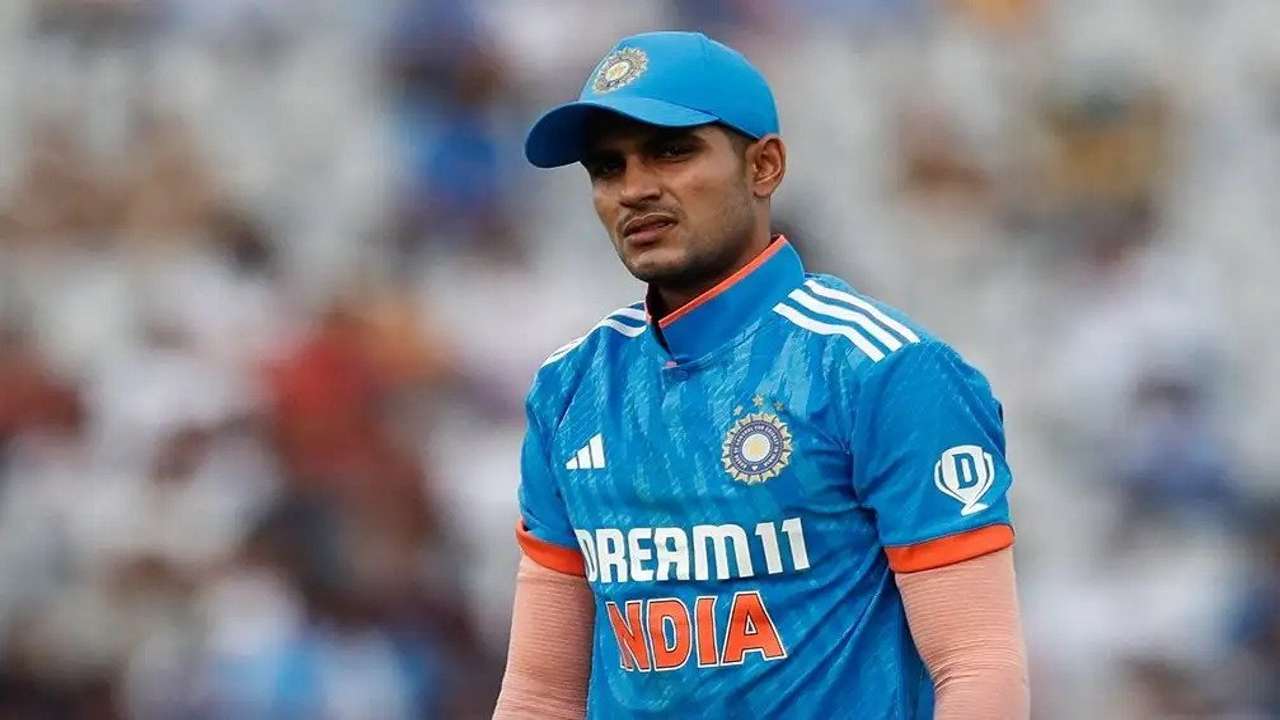Ably led by Kohli, the Pune boy overcame agony to hit ton that transformed the match and made short work of the humongous target
By Sujit Bhar
India winning a One Day International (ODI) versus England isn’t news. But when it wins chasing a massive 350 for seven, England’s highest versus India, then it is. Moreover, if it happens to be the first captaincy effort by Virat Kohli, after Mahendra Singh Dhoni, who had just given up his, leaves with six for six, pulling India down to 63 for four, then it surely is. And that’s what happened in Pune on January 15, in the first ODI of the series.
But that’s not the end. England managed a steady run-rate, reaching the score without a century contribution. That meant that, with four down and not much on the board, India needed to speed up things. Eyes turned to Kohli, of course, the man for a chase. He did not disappoint, scoring a strong 122 off 105 deliveries, with eight hits to the fence and four over.
India won by three wickets with 11 deliveries to spare. This was India’s third successful chase of 350-plus totals.
That was great play, no doubt. But the day belonged to a 32-year-old local lad, Kedar Jadhav. The attacking middle-order bat (also an occasional off-break bowler) hit a whirlwind 120 in 76 deliveries, assisted by 12 boundaries and four sixes.
It was a great start for India’s home series, keeping India’s record of not losing a home ODI intact, and, even in losing, England surely can’t complain. They had started the series tentatively, with former BCCI secretary Ajay Shirke’s letter warning them of a possible lack of facilities, now that board president Anurag Thakur and he had been sacked by the Supreme Court. Facilities were up to the mark, they found, only the Indian team was too hot to handle.
The match itself has been analysed enough, but the incredible thing is India’s throwing up great batting talent on a regular basis. Just the other day Jodhpur-born 25-year-old Karun Nair had become only the second Indian after Virender Sehwag to hit a triple century, and on Sunday Jadhav came in from the cold, so to say, lifting India out of the woods.
Jadhav isn’t a newcomer, this being his 13th ODI, neither is he new to a chase. Four months back, in a chase, India were down to 73 for four, when he combined with then skipper Dhoni for a 66-run partnership that saved the day. On Sunday, fighting cramps (Kohli had cramps too), Jadhav provided ample support to his new captain to be named Man of the Match.
The attacking stance is Jadhav’s default setting. He broke into the big boys’ league with a half-century off 29 deliveries on his IPL debut for Delhi Daredevils. He carried with him the experience of six half centuries and a century in first class cricket and for Maharashtra he has displayed excellent offensive tactics.
Also confidence, oodles of it.
It was clear from what Kohli said after the match. He has been quoted as saying: “I think it was outstanding. Just to have another guy that was willing to believe we can win from any situation was such a boost for me as well. The way he came out—and knew exactly how to bat at this wicket—was tremendous.”
Following Dhoni, Kohli has gained similar leadership qualities. Of Jadhav he said: “He was disappointed in the last series against New Zealand when he couldn’t get us across the line. In New Delhi he was playing really well. We told him that the best place you can learn is out there in the middle. No point sitting outside and thinking what you could have done.”
Kohli has welcomed Jadhav into his world, into his own way of thinking, and for a virtual greenhorn to have his captain put a great deal of confidence in him is great news. Jadhav made the best use of it.
And quite like any top level motivator from the world of hard-core professionals, when Jadhav was facing a hurdle through painful cramps, Kohli just told him to rise above it, play for the team. These are the small things that make a complete human being; someone who is willing to see beyond that threshold of pain, into the world of accomplishment.
If we look back, perhaps, this is the level of optimism that the Supreme Court wanted to bring back to the game. The apex court possibly saw beyond the politicking and wheeling dealings into a world where the game of cricket is supreme. That remains beyond that threshold of temporary pain.
That was what Kohli and Jadhav showed.


 India News12 hours ago
India News12 hours ago
 India News11 hours ago
India News11 hours ago
 India News11 hours ago
India News11 hours ago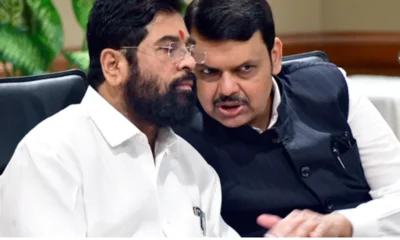
 India News9 hours ago
India News9 hours ago
 India News11 hours ago
India News11 hours ago
